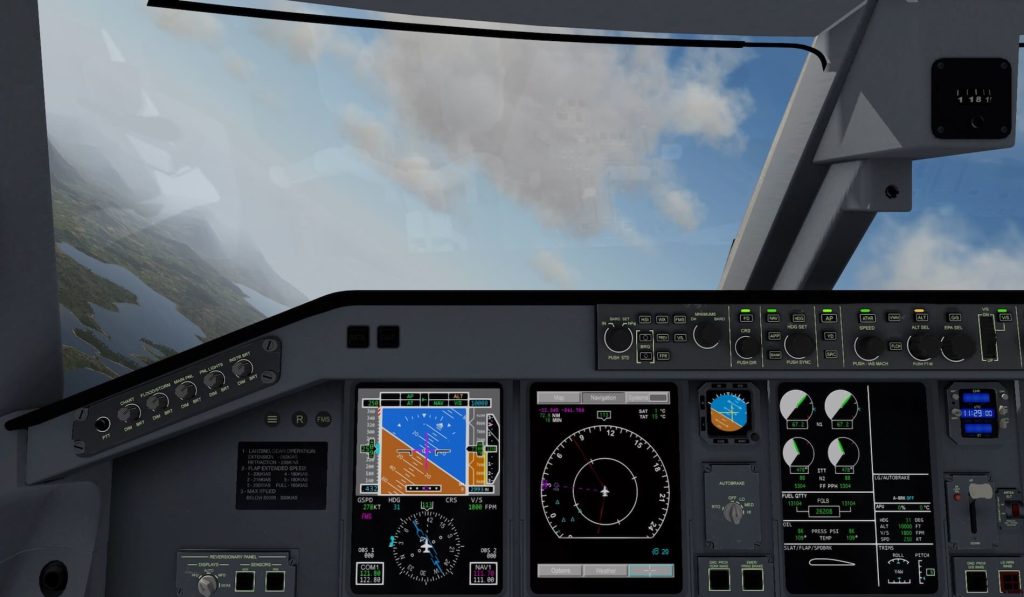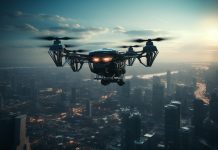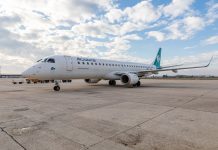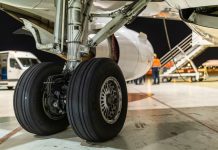It doesn’t wear a uniform, it doesn’t have a pilot’s licence and it has never attended a school, but it is now more efficient and reliable than ever. It is autopilot – the electromechanical system that can fly an aeroplane without any human intervention.
It’s worth remembering, though, that the phase during which the autopilot comes into its own the most is cruising. More delicate phases such as take-off and landing are manually handled by the captain or the co-pilot. At Air Dolomiti, the autopilot is normally turned on at 1500 feet, remains activated throughout the whole flight and is disconnected on approaching the ground, shortly before landing, at around 500 to 200 feet from the ground. In the event of fog (CAT3), the autopilot remains activated during landing.
Let’s see how autopilot works in more detail.
A software integrated into the on-board computer reads and interprets data related to the aircraft’s position and orientation. Based on the programming done by the pilots, it then checks the flight controls. Fly-by-wire is an electronic control system through which the input is transformed into a digital signal that goes to the flight controls, which are then moved by hydraulic actuators. It replaces the traditional connections between the yoke (control wheel) and the wing surfaces with a direct communication between the detectors, known as potentiometers and encoders, and the on-board computer. The “electronic brain” processes the data received and sends inputs to actuators that move the aeroplane’s aerofoils in much the same way as a pilot would.

The autopilot is programmed to keep an optimal speed. An aircraft’s autothrottle optimises fuel consumption and pilot workload, just like a cruise control system in some cars. This system has replaced the controls operated using iron cables and pulleys, which used to be used in the past and are still used in smaller aircrafts.
It seems like a very modern and recent invention, but the first autopilot was actually composed of a gyroscopic artificial horizon, a compass and a series of hydraulic actuators and was developed in 1912 by the American company Sperry Corporation.
Today, autopilots are extremely safe and, according to several surveys, passengers themselves admit that they feel safer than ever in the knowledge that an electronic system is carrying them towards their destination. It’s still good to know, however, that in Embraer 195 aircrafts a red button on each yoke allows pilots to deactivate the autopilot immediately, if needed.
Like any device important for flight safety, there’s never just one on-board autopilot, but there’s also a “twin”, according to the redundancy rule, which you can read about again by clicking on this post!




